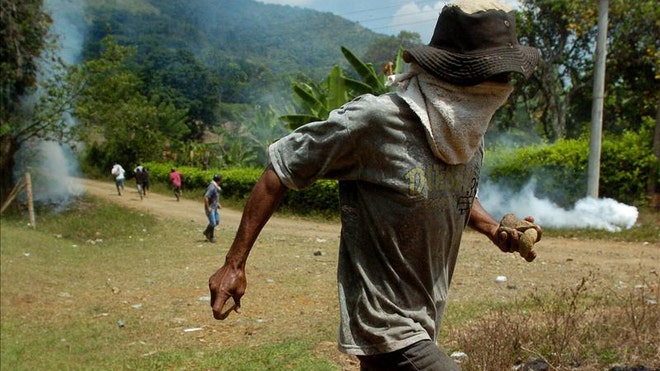Human Rights Watch Special Report
For a questions and answers document on the Charles Taylor trial and judgment, please visit:
http://www.hrw.org/node/106451
To view a special webpage on the Charles Taylor trial, please visit:
http://www.hrw.org/topic/
To read a chronology of the Charles Taylor case, please visit:
http://www.hrw.org/news/2012/
For more Human Rights Watch reporting about the armed conflict in Sierra Leone, please visit:
http://www.hrw.org/node/106424
For more Human Rights Watch reporting about the armed conflict in Liberia, please visit:
http://www.hrw.org/node/106425
For more information, please contact:
In New York, Annie Gell (English): +1-510-541-0843; or +1-212-377-9424; or gella@hrw.org
In New York, Elise Keppler (English): +1-917-687-8576; or +1-212- 216-1249; or kepplee@hrw.org
In Stuttgart, Géraldine Mattioli-Zeltner (French): +49-711-722-300-90; or +49-151-4650-8928 (mobile); or mattiog@hrw.org
